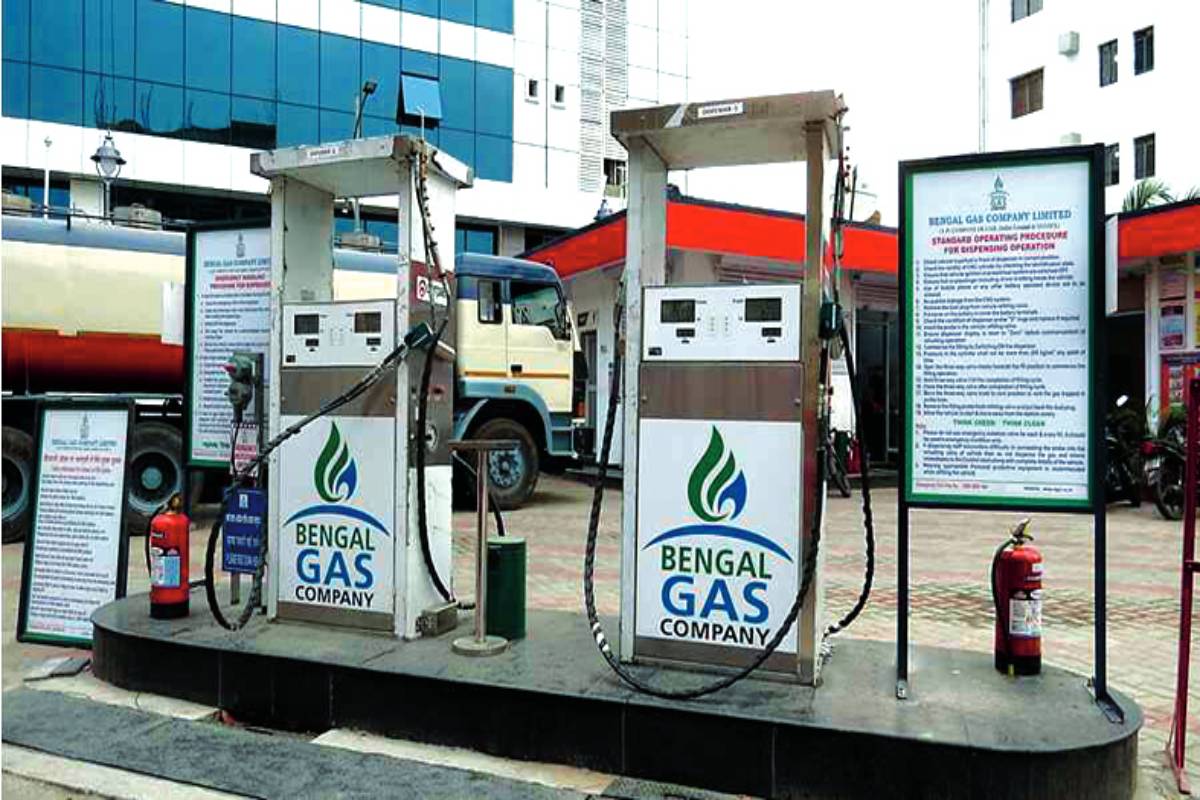Finding hope in times of crisis
Frequent headlines of trade wars and real wars, economic disruptions and humanitarian disasters indicate a world that is in the midst of multiple crises.

Frequent headlines of trade wars and real wars, economic disruptions and humanitarian disasters indicate a world that is in the midst of multiple crises.

Finance Minister Nirmala Sitharaman is scheduled to visit London next week, from April 8-10, where she will discuss issues related to bilateral trade and investment, and hold talks under the India-United Kingdom Economic and Financial Dialogue.

In today’s world, next to the politicians, the most powerful men and women have been the group of people who call themselves ‘economists’.

India, often touted as a land of vast economic potential, faces a stark contradiction. Despite its 1.4 billion population size, only a fraction truly participates in discretionary spending.

Shorter refuelling time, coupled with economic and environmental benefits, the compressed natural gas (CNG) is emerging as the choicest fuel among auto-rickshaw drivers in the city.
On the wheat fields of the country, the connection between nature’s forces and human resilience takes centre-stage.
The recent shift in Moody’s outlook on the USA’s credit rating to “negative” from “stable” raises eyebrows and stirs the pot of economic discourse.
India’s economic story has always been a complex tapestry of growth and inflation. Recent reports of a moderation in consumer price inflation to a four-month low of 4.8 per cent in October come as a breath of fresh air for the Reserve Bank of India (RBI) and the Centre.
A UN report has warned that the poverty rate in Palestine will soar by 34 per cent, thrusting nearly half a million additional people into poverty, if the war in Gaza continues for another month.
The Reserve Bank of India (RBI) has maintained its resolute stance on inflation control, holding the key lending rate at 6.5 per cent for the fourth consecutive policy meeting.
